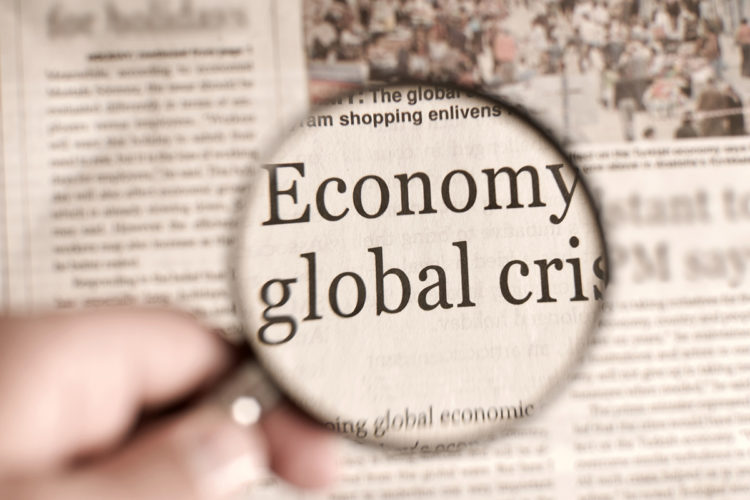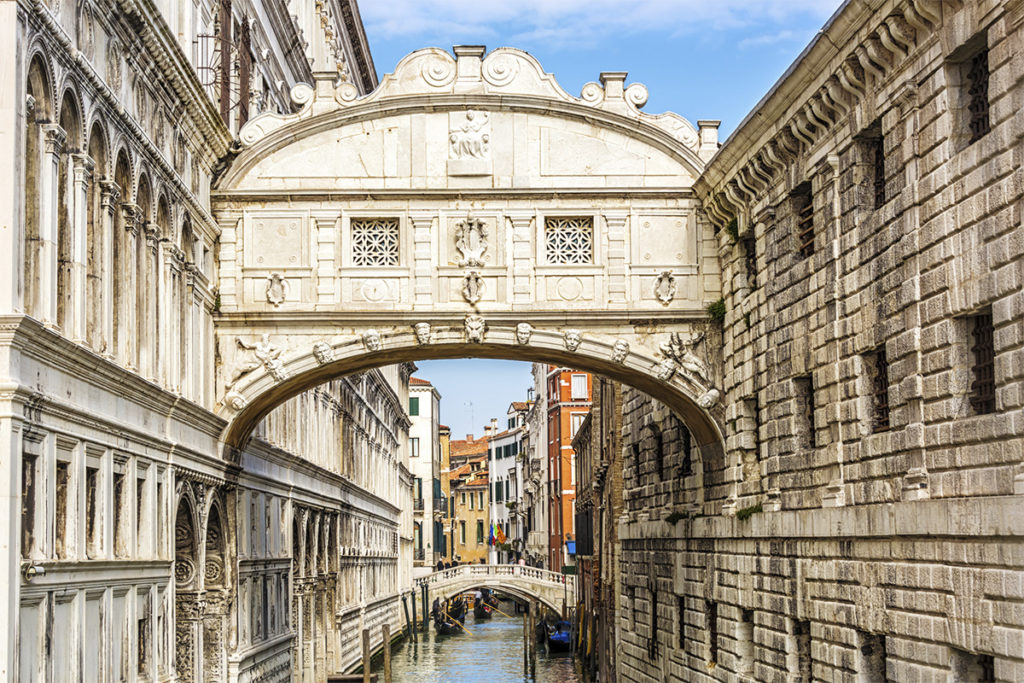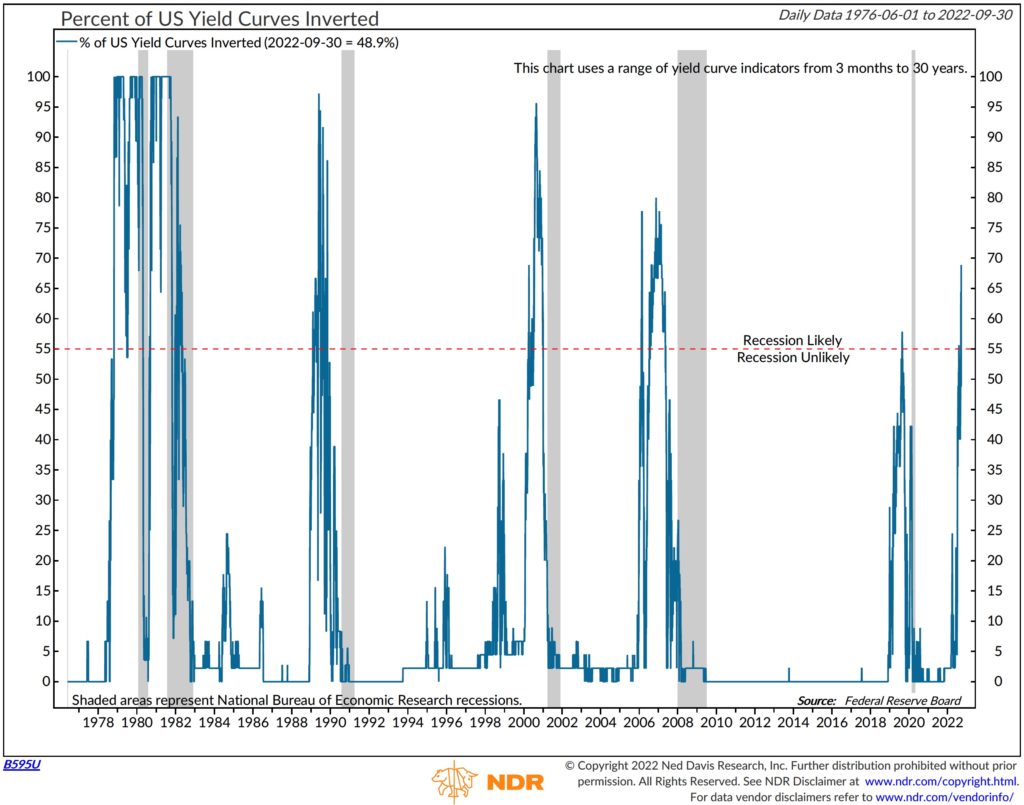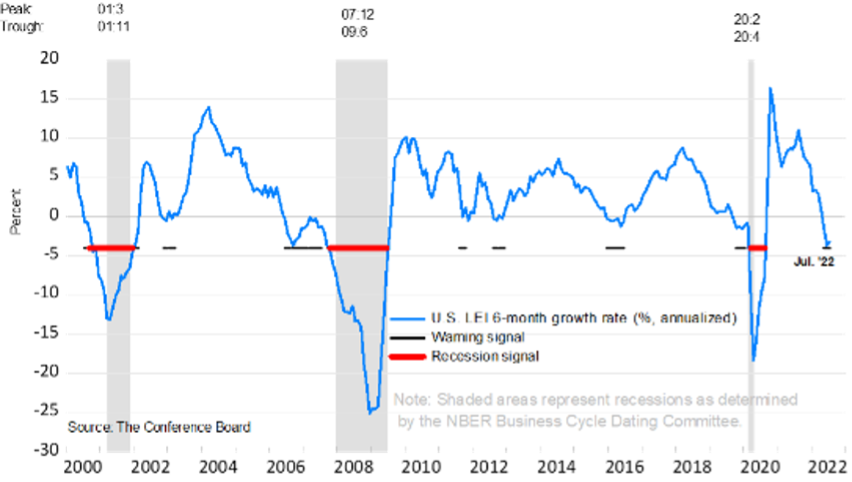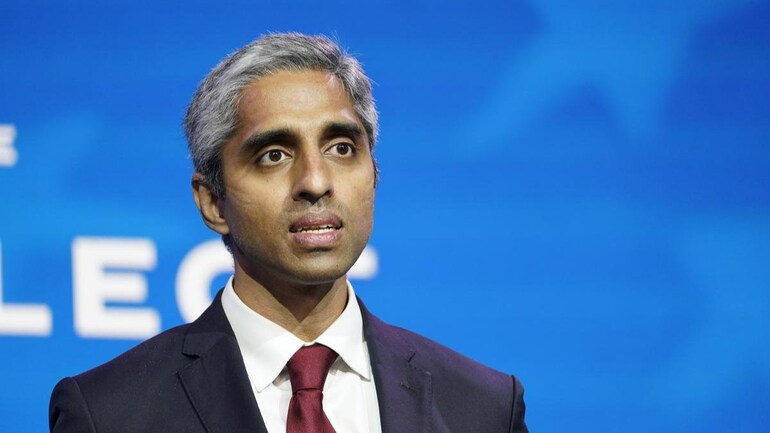How Beijing’s Failure to Invest in Rural Workers Hurts Economic Growth
By Scott Rozelle and Matthew BoswellOctober 5, 2022

A child lying amid condemned migrant dwellings on the outskirts of Beijing, August 2017 Thomas Peter / Reuters
One often hears the Chinese Communist Party lauded for “lifting hundreds of millions out of poverty,” as the expression usually goes. And there is no denying that the CCP deserves credit for that historic achievement. Less remarked on, however, is the plight of the hundreds of millions of Chinese people living on low incomes in the country’s rural areas, facing few prospects for advancement. China’s rural inhabitants are not living in poverty, but the CCP provides them with almost no means for social mobility—or any mobility at all, owing to the restrictive hukou residential permitting system.
This substantial subset of the population poses a major long-term obstacle to China’s continued economic growth, just as consequential as more familiar factors, such as the country’s “zero COVID” policy, regulatory crackdowns, and ballooning debt. Low-skilled workers once powered the manufacturing and construction booms that led to China’s phenomenal rise. But decades of discriminatory policies have trapped hundreds of millions of people in rural areas, cut off from educational and employment opportunities.
This presents a policy conundrum for the CCP. Even if rural, low-skilled workers could more easily relocate to large cities, they would struggle to compete in the labor markets there, owing to deficits in their education. And it would take a long time to build a reliable pool of skilled workers in rural areas by spending more on education, especially since doing so would require forms of economic redistribution that might be risky for the CCP. There are no easy answers to China’s rural human capital problem, which is likely to affect the country’s growth prospects for decades to come.
Enforcing a policy that is almost unheard of among the world’s countries, China divides its people from birth into two categories: urban and rural. This classification, codified in a residence permit, or hukou, typically stays with individuals for life and determines what type of education, health care, and other social services they can access. As early as the twenty-first century BC, ancient Chinese leaders used household registration systems to aid taxation and conscription. But the system in its contemporary form came into being in 1958, after a decade in which industrialization had led to such rapid urbanization that the CCP had grown concerned about the stability of the country’s food supply. Although the new system was designed to prevent the diversion of labor and other resources from China’s agricultural sector, the government soon restricted access to certain types of education and state welfare services to people with urban hukou status, and inequality between urbanites and rural residents deepened. Today, approximately 800 million people in China hold a rural residence permit.
In the 1980s, when China’s economy first began to take off, the country’s bottomless supply of low-skilled, rural workers represented a comparative advantage. Chinese leaders’ efforts to turn their vast, impoverished country into a middle-income state required a labor force that was numerate, literate, and disciplined. And massive expansions of primary and lower secondary schools in the 1980s ensured that most of the young people entering China’s workforce possessed basic arithmetic and reading skills and were accustomed to strict discipline. This education, rudimentary though it was, enabled hundreds of millions of workers to secure low-wage, low-skilled jobs in the burgeoning manufacturing and construction sectors during that era, turning China into “the factory of the world.”
In the early years of this century, the supply of cheap labor from the countryside began to dwindle, and wages began to rise steadily. Manufacturers responded by transferring the lowest-skilled jobs overseas and by investing in automation. Meanwhile, by the early 2010s, China had built most of the highways, railways, ports, and other major infrastructure projects it needed. Since 2013, Chinese government data show that manufacturing and construction employment has flatlined.
Where are low-skilled Chinese workers going? Official statistics indicate that the fastest-growing sector of China’s economy over the past decade has been the informal service sector. Today, nearly 60 percent of China’s nonagricultural workforce can be found in the informal sector, up from only 40 percent in 2005. These are the delivery people, nannies, street hawkers, food-stall workers, and bicycle repair mechanics that Chinese Premier Li Keqiang was referring to in a 2020 speech when he bluntly asserted that some 600 million people in China earn less than 1,000 yuan per month (about $5 per day), placing them below the World Bank’s poverty line for upper-middle-income countries such as China. Even before the COVID-19 pandemic decimated the informal service sector, official statistics showed that wage growth for these informal workers had slowed to a crawl. During the pandemic, real wages for these workers have fallen in absolute terms.
In seeking to sustain growth over the long term, China’s leaders rightly emphasize the need to shift toward consumption growth to substitute for declining investment-led growth. But having a large informal workforce with stagnating wages is incompatible with this vision. The reason for this is twofold. First, and most obviously, slow wage growth leaves people with limited disposable income. Without the benefits and social protections associated with formal, salaried work, informal workers must save their money to offset the risk of income shocks due to job losses or health emergencies. Second, China’s savings rate was already high by international standards due to the country’s weak social safety net. With as much as half of China’s labor force in precarious informal employment, the government’s options for spurring demand are limited.
When China’s economy first began to take off, the country’s supply of low-skilled, rural workers was a comparative advantage.
If China’s low-skilled workers could find higher-skilled work, this would help the country progress toward its economic development goals. Unfortunately, decades of underinvestment in rural human capital have left many of China’s rural laborers without the skills they need to compete in a modern labor market. Average educational attainment in China is low by international standards, almost exclusively due to the lagging performance of rural cohorts. A sizable majority of rural workers—89 percent, according to a large 2014 study—lack a high school degree.
Although the government has expanded access to secondary education in rural areas in recent years, spending on a per-student basis still lags far behind that of urban schools, with implications for the quality of education that rural students receive. For example, in 2015, the Progress in International Reading Literacy Study, which administers a reading comprehension exam to students in dozens of countries, found that rural students in China had the lowest average scores worldwide.
Rural education matters because, due to decades of declining fertility rates in Chinese cities, over 70 percent of China’s children today live in rural areas. Many of their parents have relocated to cities to work, but without formal employment, they are unlikely to acquire the urban hukou they need to enroll their children in high-quality, urban schools. The increase in informal employment in China has implications not just for the informal workers themselves, who have little access to state welfare services, but also for the children they were forced to leave behind, enrolled in rural schools where it will be difficult to gain the academic skills required to succeed in high-skilled jobs.
Perhaps even more concerning, rural schoolchildren are far more likely than their urban counterparts to experience developmental delays and other health conditions, including anemia, vision problems, and intestinal worms, which, left untreated, can affect their learning ability. And recent data on the economic outlook of China’s rural areas suggest that families living there may face increasing economic challenges due to COVID-19.
Just as striking is a comparison with the economies of other countries that reached similar levels of economic development in the past. Research on Ireland, Israel, South Korea, and Taiwan from the 1970s to the 1990s shows that their high school attainment rates were already relatively high when they became middle-income countries. High school and college education are typically critical for the highly skilled technical and office jobs that form the foundation of a high-income economy. Although China’s average educational attainment is increasing, it is still lower than other countries at comparable per capita income levels. If Chinese workers continue to find it challenging to transition from low-skilled to high-skilled jobs, it will potentially undermine China’s transition to a high-income, high-skilled economy.
RESKILLING RURAL CHINA
The CCP’s current policies to eradicate poverty and revitalize rural areas do not really address these challenges. A national antipoverty campaign that concluded in 2020 amounted to the state providing large payments to impoverished citizens through subsidies, tax waivers, resettlement, and cash transfers. But most of the hundreds of millions of rural Chinese people who are increasingly shut out of China’s formal economy are not, in fact, living in poverty—and such measures will do little to help them become more competitive in an increasingly modern economy.
There are signs that China’s leadership is shifting gears to address the problems of this much larger low-income population. Beginning in 2014, for example, the state relaxed hukou restrictions so that more people from rural areas could legally settle in cities. The problem is that rural people are still barred from large, prosperous cities such as Beijing, Shanghai, and Shenzhen, where jobs pay more, there is more economic dynamism and opportunity, social services such as education and health care are of higher quality, and the future is generally brighter. And if millions of low-skilled workers congregate in smaller, less well-off cities where there are fewer jobs and poorer schools and health services, their presence might slow development in these communities even further.
The CCP could decide to expand social security for low-income people, encouraging them to save less and spend more. But genuinely addressing the inequalities between rural and urban communities would require significant spending on low-income populations, possibly accompanied by cuts to the benefits currently enjoyed by those in urban areas. Expanding entitlements on this scale will be highly challenging in an era of slow growth and high debt loads. And like many redistributive policies, curbing the preferential treatment of the urban middle and upper classes could be politically unpalatable. In the final analysis, the urban population is the main constituent of the CCP. While the CCP was willing to impose intense COVID lockdowns on large cities, these were widely understood to be short-term measures undertaken at a time of crisis. Implementing redistributive policies that would shift urban entitlements to rural residents would be a political impossibility for the Chinese government.
NO SIMPLE SOLUTIONS
There are no easy answers to the problem of China’s increasingly underemployed rural workers. One in every nine people on the earth lives in rural China. Education, health, productivity, and employment outcomes for this group are lower than many people realize, and measures to address the problem are complex and expensive and, even if successfully implemented tomorrow, would not pay off for many years. In the meantime, no analysis of China’s growth prospects is complete without considering the scope of this rural human capital problem and assessing China’s efforts to mitigate it.
If we assume the CCP cannot make much progress solving the problem, there will continue to be two Chinas: a relatively vibrant one composed of the large cities in a handful of coastal provinces and a backward one in the vast rural interior that is heavily dependent on proceeds from the central government to guarantee livelihoods. The only difference is that moving forward, the economic pie will not be growing at the same pace as before. The days of fast growth are likely over. Expectations of real gains in livelihoods among China’s large, increasingly shiftless rural population will be much harder to fulfill in an era of slower growth. Managing these rural dwellers will involve a patchwork of central government transfers, inefficient investments to keep workers busy, and a costly expansion of the state’s coercive power to keep everyone in line.
This unwelcome burden arrives just as Chinese President Xi Jinping has embarked on an ambitious bid to outcompete the United States in the next generation of leading technologies and to increase the world’s reliance on China’s manufacturing and technological prowess while reducing China’s reliance on the rest of the world. That is a tall order in the best of times. To achieve this vision in an era of slow growth, China’s leaders will need to marshal all the country’s resources as efficiently as possible. The presence of several hundred million underemployed people over the next 20 to 30 years dims the likelihood of success, because paying off and controlling this segment of society will divert increasingly scarce resources from the dynamic sectors that Xi depends on in order to bring about his ambitious agenda. In this way, the same rural millions who once propelled China’s emergence as a great economic power may delay, perhaps indefinitely, the realization of Xi’s vision.


